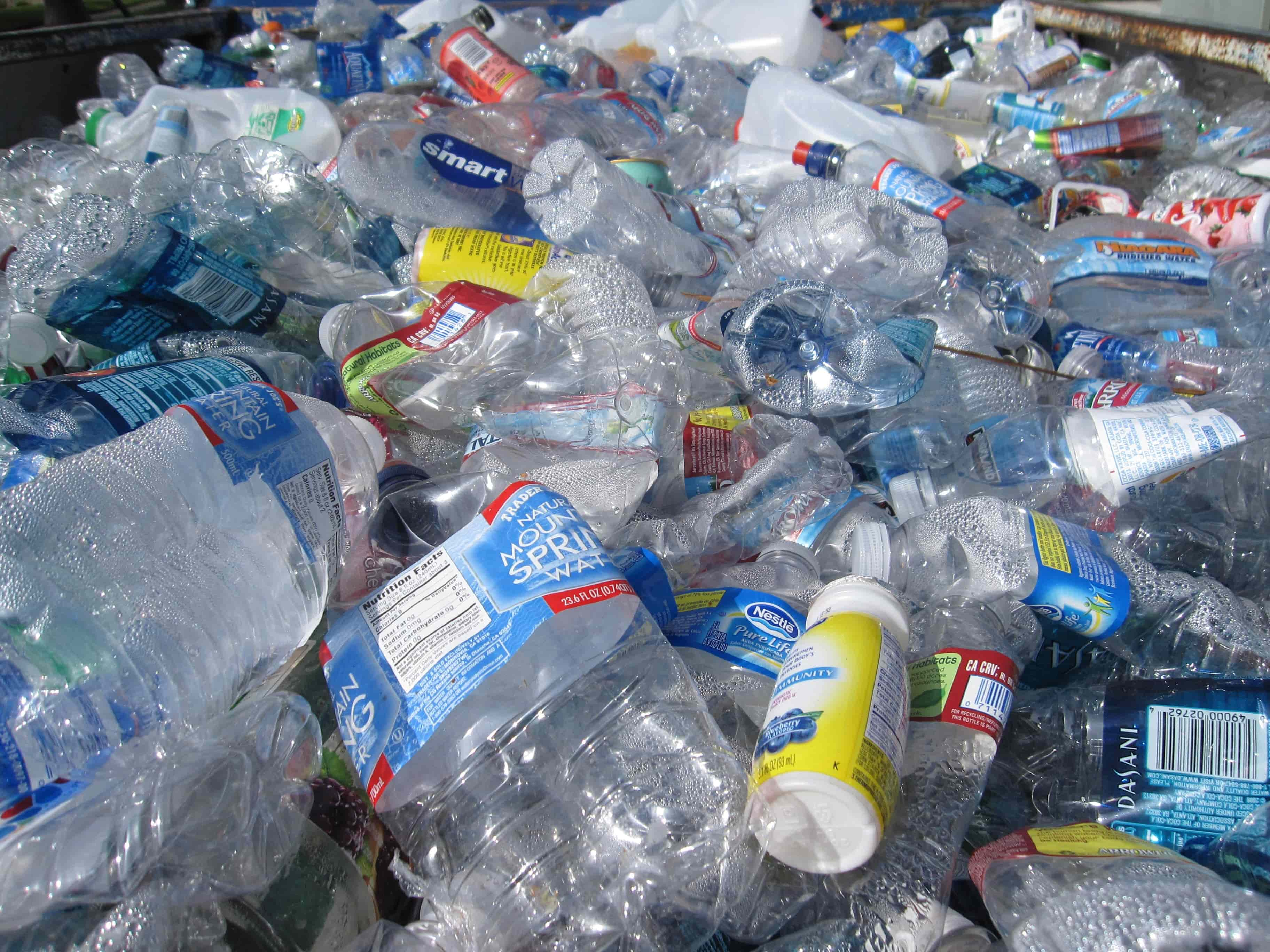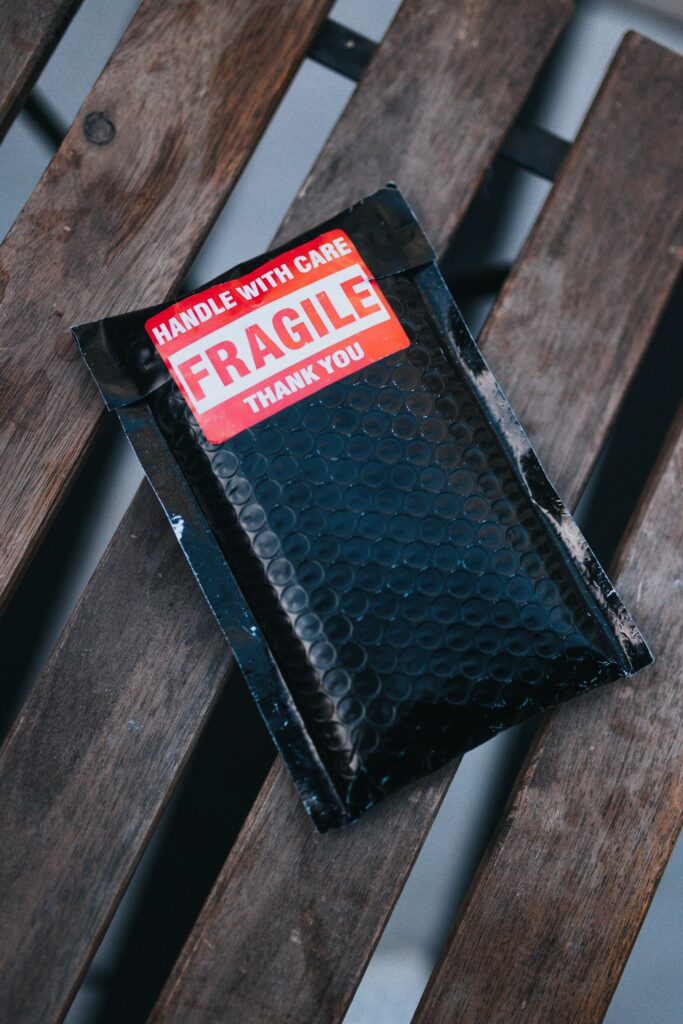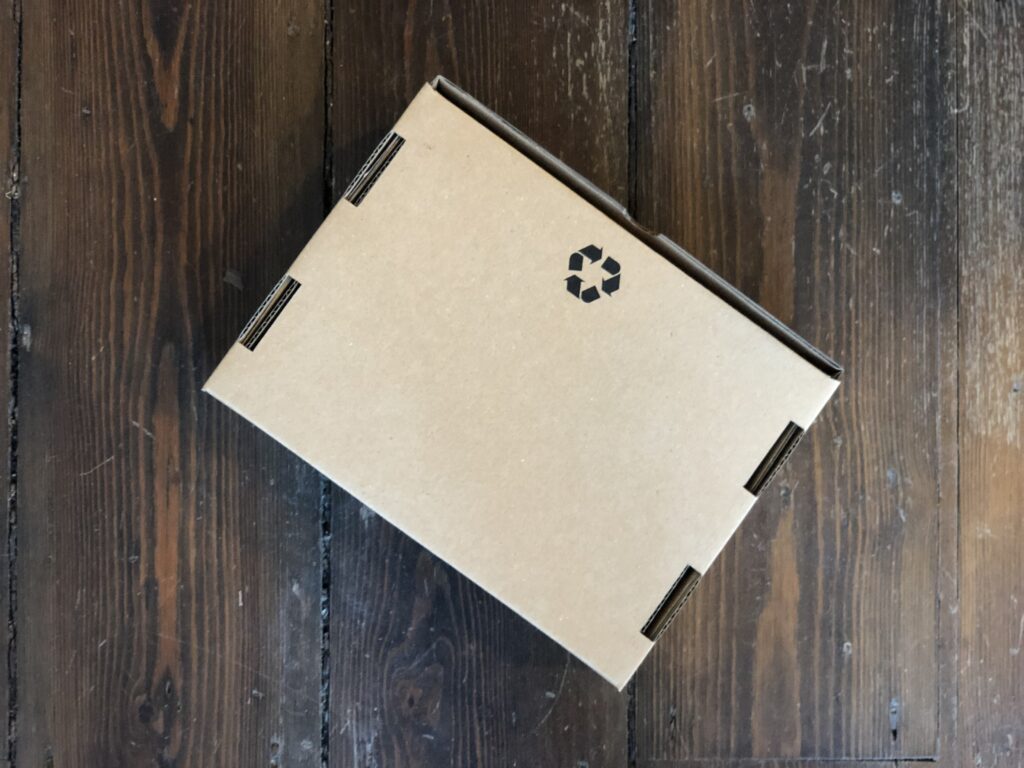
The UK government has announced the introduction of the Plastic Packaging Tax, applying to all plastic manufactured or imported into the UK that does not contain 30% recycled plastic. How will this measure effect you?
It seems like yesterday when you could waltz into a store and collect a plastic bag on your way out, but in fact, the war on plastic began in 2015 with the Plastic Bag Tax. This implemented a 2p cost for plastic bags, quickly rising to 5p and 10p.
How much will the new Plastic Packaging Tax cost?
The cost that plastic has on the environment is huge, with over 5.25 trillion macro and micro pieces of plastic in our ocean, so it’s unsurprising the UK Government has followed suit after the EU with a pledge to battle plastic wastage.
The tax doesn’t just cover petroleum-based plastics- now, even compostable and biodegradable plastics will be penalised. The levy for plastic will cost around £200 per tonne for packaging without at least 30% recyclable plastic. The aim is to give businesses an economic incentive to cut down on using the material.



What determines the plastic tax?
The Plastic Packaging Tax is determined by two key features:
- The 30% recycled content test:
The purpose of the Plastic Packaging Tax is not to stop the manufacturing of all plastic packaging, because in some cases plastic packaging has benefits. Plastic can sometimes result in a low carbon footprint because of its durability and lightweight qualities, reducing emissions in the distribution process.
The Plastic Packaging Tax aims to attack the manufacturing of new plastic, because this is what has the highest impact on the environment. The UK government has reported the tax could encourage the use of recycled plastic by 40%.
- The weight factor:
Whilst it sounds very similar to the 30% recycled content factor, weight is a little bit trickier. If your packaging is 100% plastic like a mailer bag, without 30% recycled content, the £200 per tonne levy will apply.
However, if you have packaging made from different materials, including plastic, you’ll have to work out the overall weight of the plastic component in relation to the whole box or product – and if an item fails the content test, the tax will apply to all parts of the packaging and not just the weight of the plastic!



How will the plastic tax affect you?
Packaging prices will increase as companies make the change to more eco-friendly packaging. If your company deals with more than 10 tonnes of plastic packaging per year, it’s likely to affect your paperwork and reports to HMRC.
However, the good news is that if you use less than 10 tonnes of plastic packaging your company will be spared from the Plastic Packaging Tax. The best way to avoid being hit by unwanted fees is to cut down on your plastic usage before the tax is introduced in 2022 and continue with this process.
There are lots of ways to cut down your usage of plastic packaging and to introduce more eco-friendly materials – find out more about how to switch to eco-friendly materials here.
If you have any questions regarding the sustainability of your packaging, email info@packaging-works.co.uk for more information about our eco-friendly materials.
Back to Blog